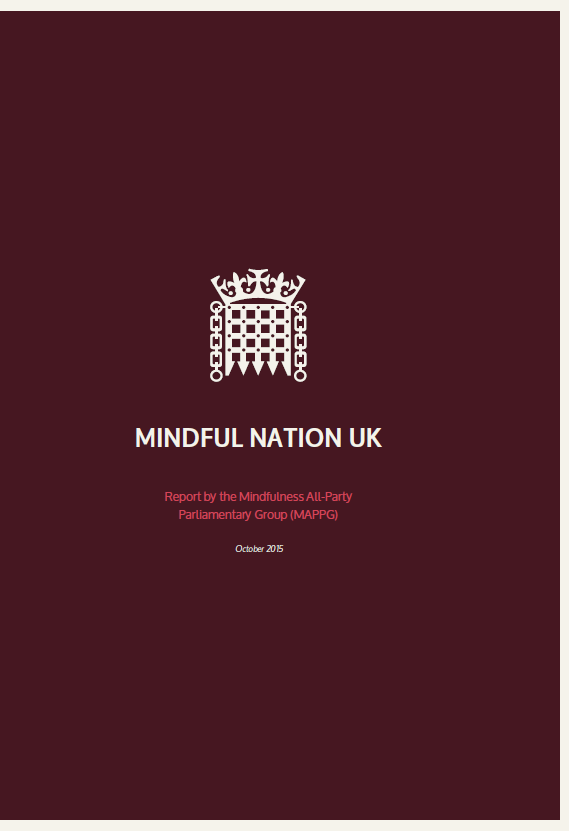Switching Off Auto-Pilot | Focusing In on Therapeutic Photography
It’s nearly Christmas and we expect it to be wet and cold, but once again our Friday morning session with Human-Nature‘s volunteers has been blessed with fine weather. This Friday is a little different though. In addition to our regular volunteers, we’ve got the first of our participants with us. People wanting to try out our services, maybe to help with on ongoing stress condition, because they’re having to take time off work, or maybe just wanting to build resilience into their routine, or just like us, to enjoy the outdoors and improve their work-life balance.
We thought a ‘therapeutic photography’ walk in the nearby woodland landscape of Keele might be appropriate for their first session with us.
Why photography, you might ask? Well, by incorporating a bit of photography as part of our walk, it can promote ‘mindfulness’.
Previously, we’ve deliberately shied away from the term ‘mildfulness’ in our website, because it’s linked to meditation – and perhaps people might think it’s a bit too ‘new age’ and ‘hippie’. But ‘mindfulness’ is in fact receiving some serious recognition and some ‘focused attention’ all of its own these days – even at government level!
If you want to learn more about how ‘mindfulness’ could be used in health, education and the workplace, click on the Mindfulness All-Party Parliamentary Group document below. The following extract captures the essence of why mindfulness might well be very important – and why we think our work here at Human-Nature is important too:
“Mindfulness has a role to play in tackling our mental health crisis in which roughly one in three families include someone who is mentally ill. Up to 10% of the UK adult population will experience symptoms of depression in any given week. This crisis is largely going untreated with only one in three of those with mental illness receiving treatment. Physical ill health conditions absorb the bulk of the health budget; parity of esteem between mental and physical health is an urgent priority….This burden of mental ill health is distressing not only to those directly affected but to all those who care for them. It is also immensely costly to the nation as it particularly affects people of working age: nearly half of all absenteeism and claims for incapacity benefits are due to mental illness.”
Mindfulness is now recognised as a very helpful technique, and the medical evidence of its benefits are becoming more accepted and widespread.
So what is ‘mindfulness’ exactly? Well, put simply, it’s trying to get us out of a state of ‘automatic-pilot’ and getting us back to living in the present moment. Often, our daily routines are so busy, that we almost ‘robotically’ go through parts of our day in that state of ‘auto-pilot’. Being stuck in automatic mode, then leads us to missing out on living moment by moment. ‘Auto-pilot’ is like that state we often reach when driving a car on a familiar journey – perhaps driving in to work, and, when we get there, we can’t actually recall the detail of that journey.
People troubled by stress, anxiety and depression can benefit from mindfulness too. Sometimes our thoughts can become distorted by negative thinking, clouded by over-thinking about the past, and over-worrying about the future. Then of course when we’re too busy getting caught up in that thinking, we can miss out on living in the ‘now’. It’s often futile to be overly concerned about the past, or indeed the future. Living in the past is a best just living with nostalgia (or at worst can be living with regret). Conversely living in the future might be just living in anticipation (or living in worry of things that might never actually happen).
Mindfulness encourages us to let go of those troubling thoughts, and even if they come to us, just acknowledge them, but let them pass in a non-judgemental way – and generally be a bit kinder to ourselves. The idea is not to ruminate, just let them go by – rather like clouds rolling passed us in the sky, or waves lapping at our feet then dispersing. The trick is just to let things go – and not dwell on our thoughts too much, but to get oneself back into the present moment and observe those sensations the body feels or experiences right now.
Getting outdoors can help with that process of experiencing living in the present moment. That might be through the sound of the breeze in the trees as you walk, or the smell of cut grass over in the next field, the sight of a tree’s reflection in a nearby pool, or something as simple as the warmth of the sun on your face. Experiencing life outdoors can definitely support us in the act of being mindful (as opposed to being mind-full). There’s often lots to activate the senses in the open air, therefore lots to experience in the here and now.
In reality living in the present is all we can ever do, because living in the now, is in fact the only way we can ever really ‘live’.
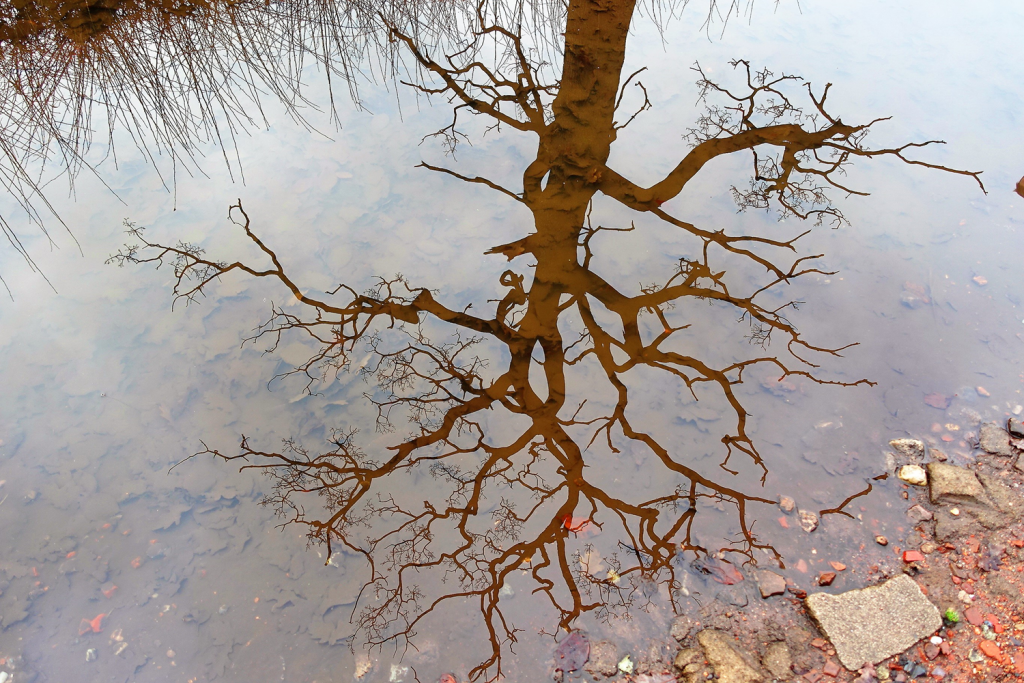
Nature photography, can help us focus in on the present moment too. It focuses us to think about what we intend to take photographs of – what subject matter to ‘take notice’ of. That might be a particular colour or texture, a shape or form, or maybe just light and shade. Or it might be a theme, like trees, bark, sky, clouds, sunsets, flowers, dew, frost or wildlife. This subject or theme then requires our focused attention and conscious effort to seeking out those suitable images in the landscape – rather like a treasure hunt. It becomes a joy, not only of ‘looking’, but of ‘seeing’. It becomes an act of searching and admiring the detail of the beauty we can find in the world around us. When we take the effort not only to look but see, we find that beauty does abound everywhere, and it somehow starts to jump out at us.
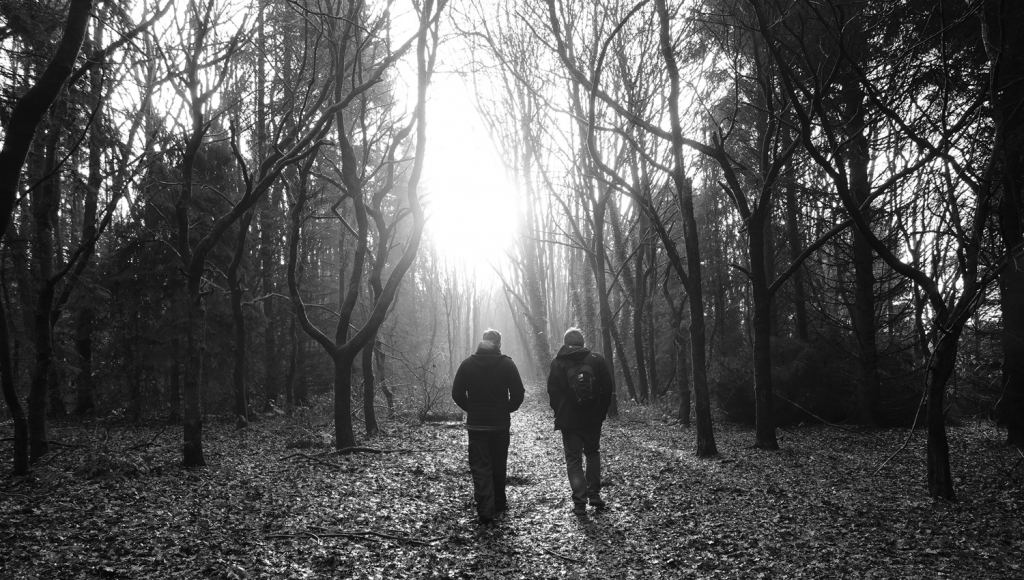
So, we embarked on our walk through to the woodland to the back of Keele Hall, starting out from the observatory, with cameras in our hands. We were without any pre-planned subject or theme, but it soon presented itself to us. In the damp, but not so cold conditions, we found lots of different fungi – itself just busy living. Not only on the rotting materials on the woodland floor, but seemingly clinging to life on living trees and branches. That became the theme for this walk, and it was quite a surprise to us all, the sheer variety of what we found. So many different shapes, colours, sizes – sometimes presenting themselves singularly, but often in clusters forming almost macro landscapes in their own right. Here’s a selection of those photographs, as we made our way ‘mindfully’, but occasionally chatting away with our ‘Natter in Nature’ (as Linda likes to call it!).
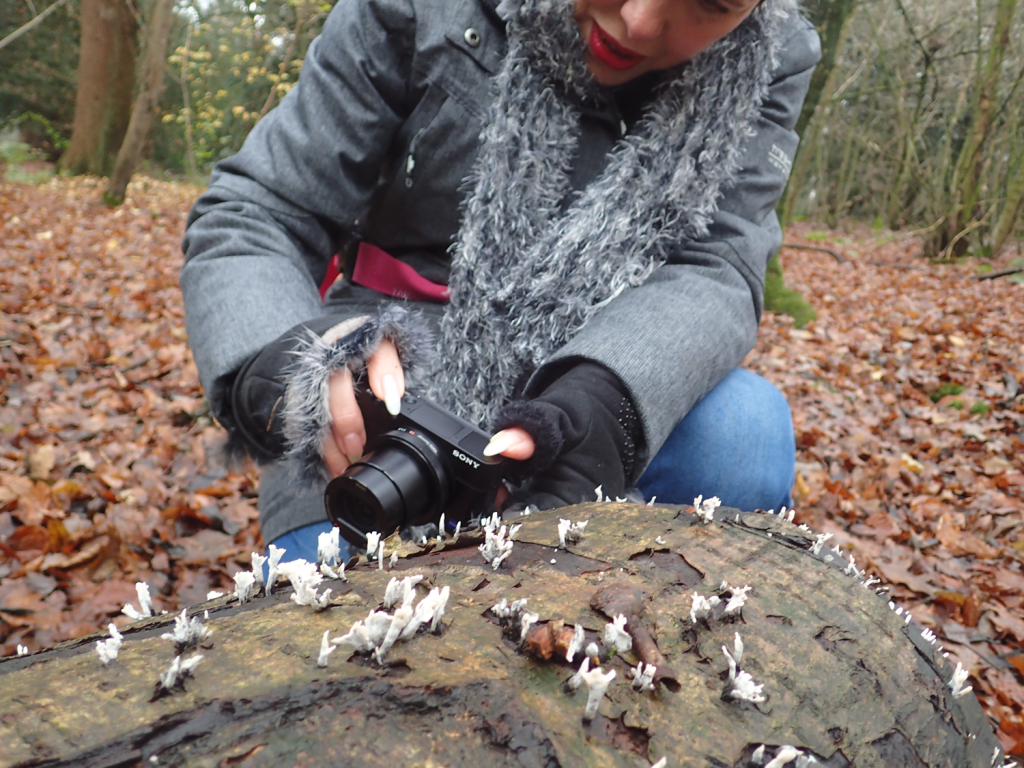
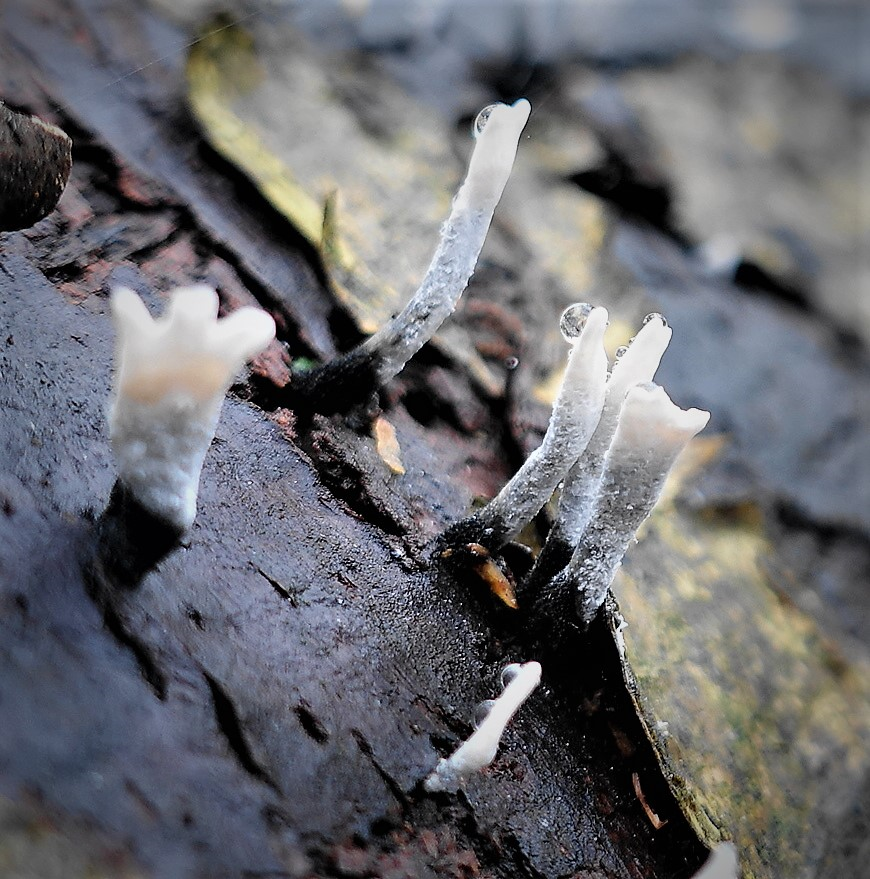
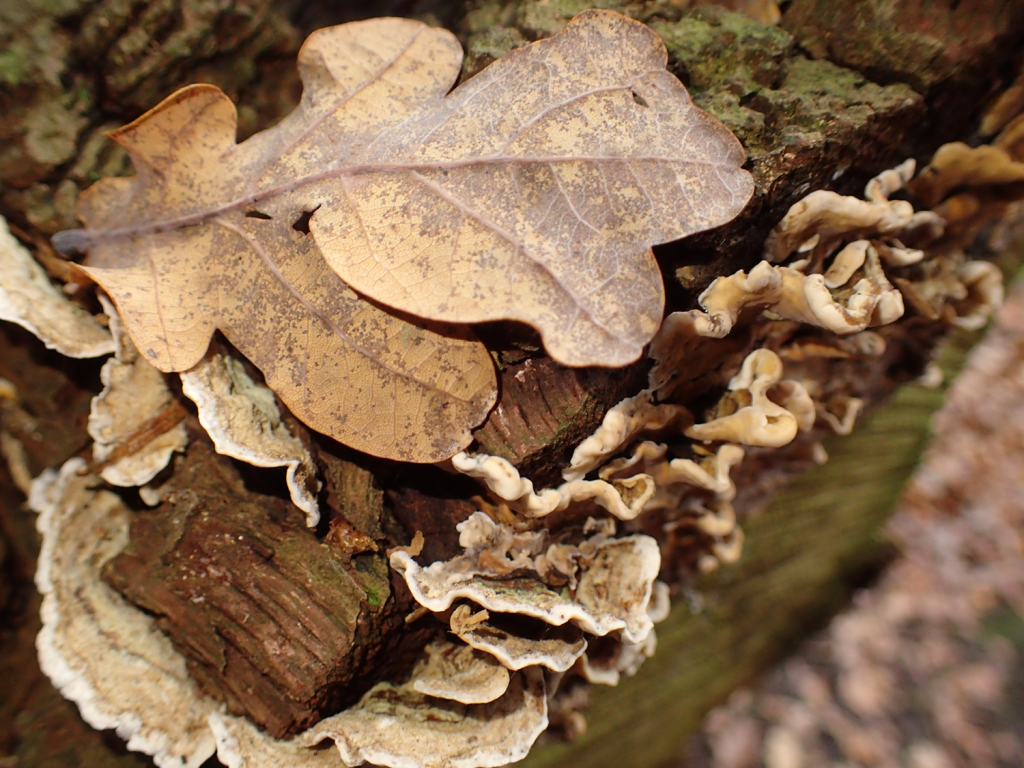

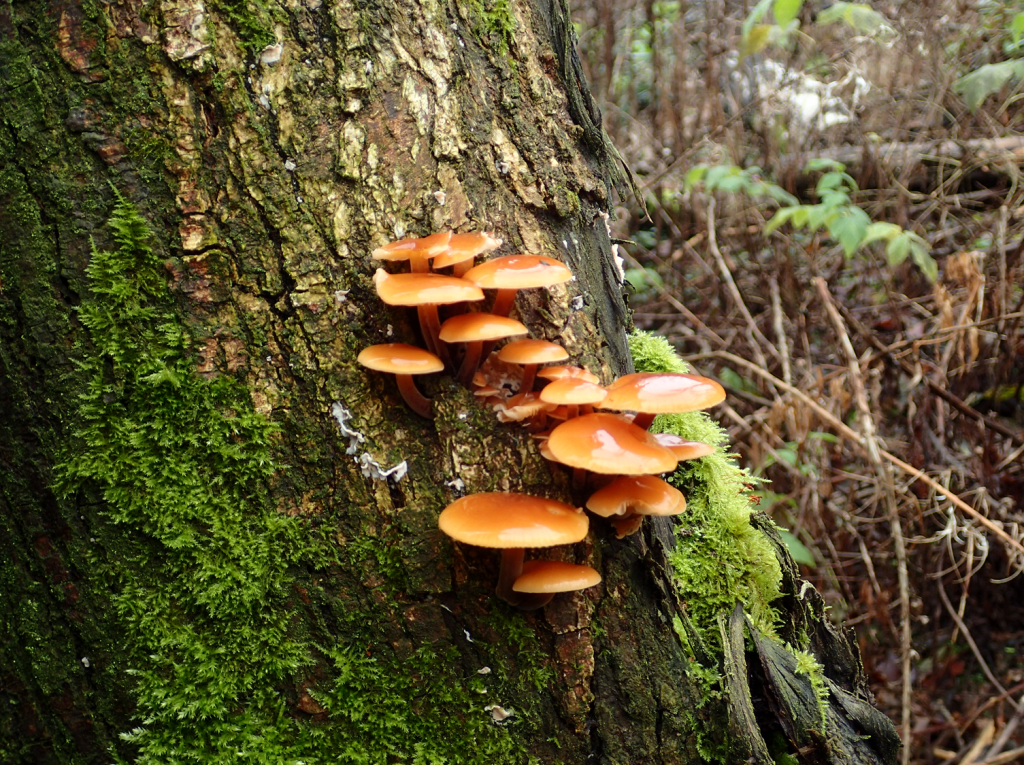
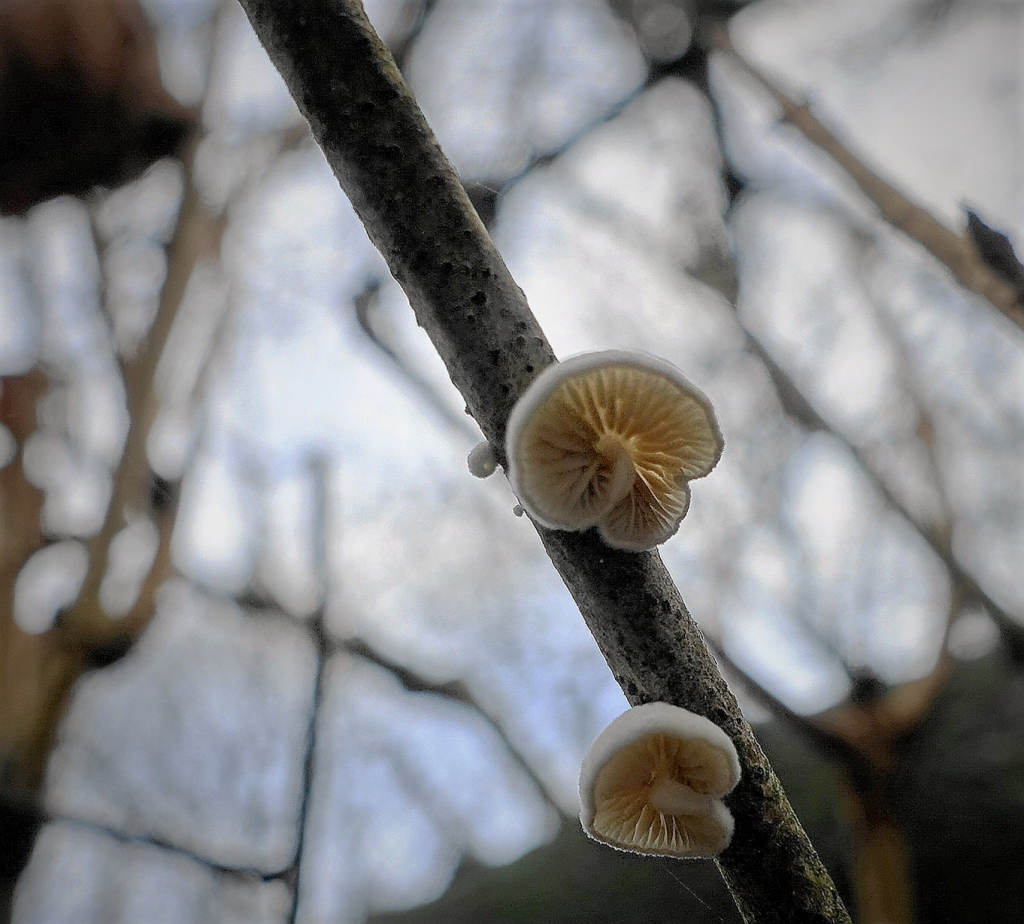
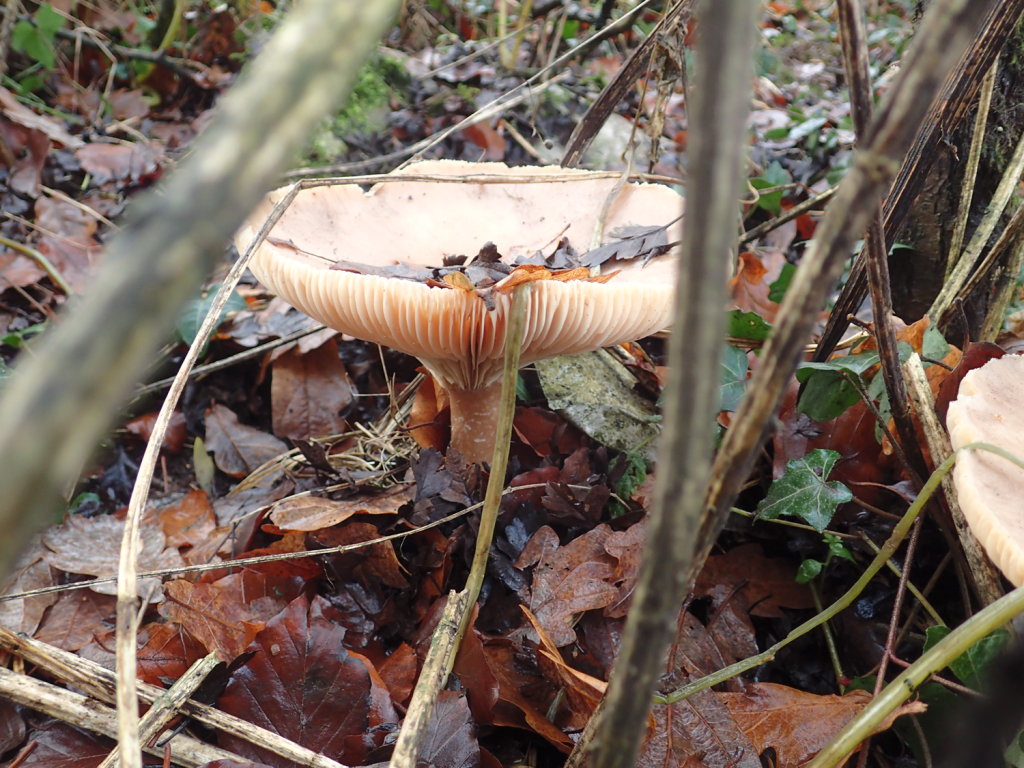

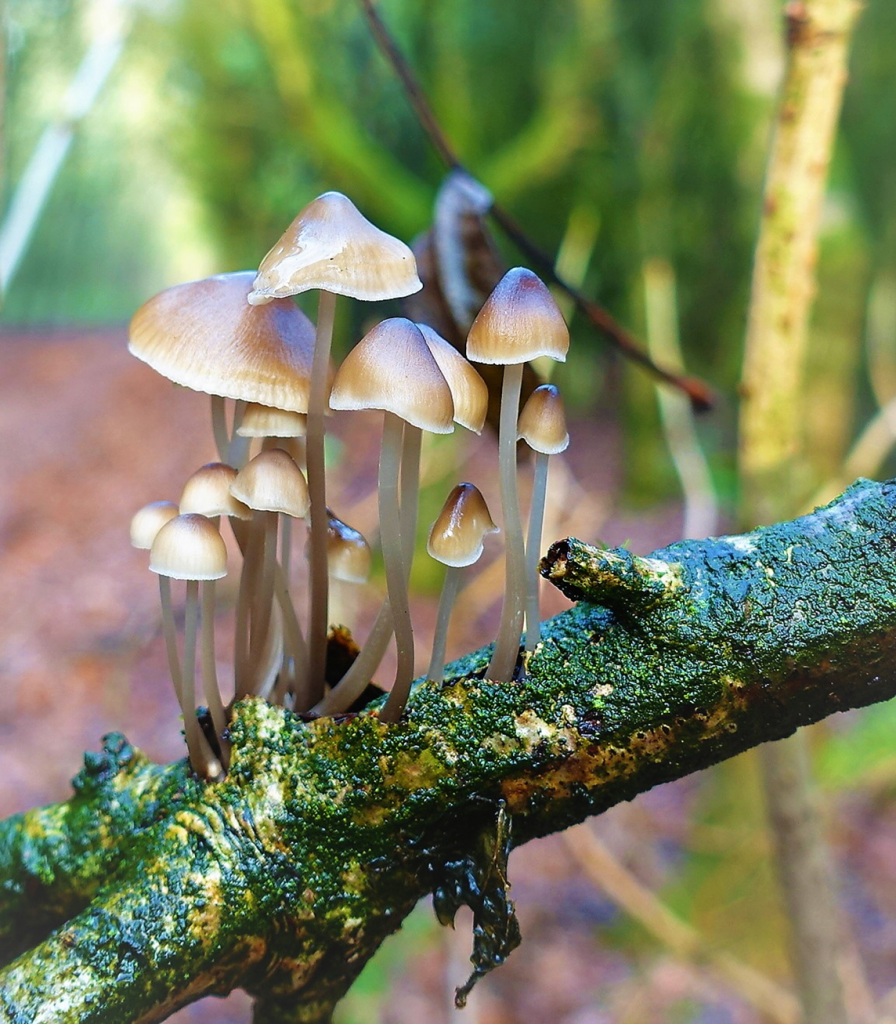
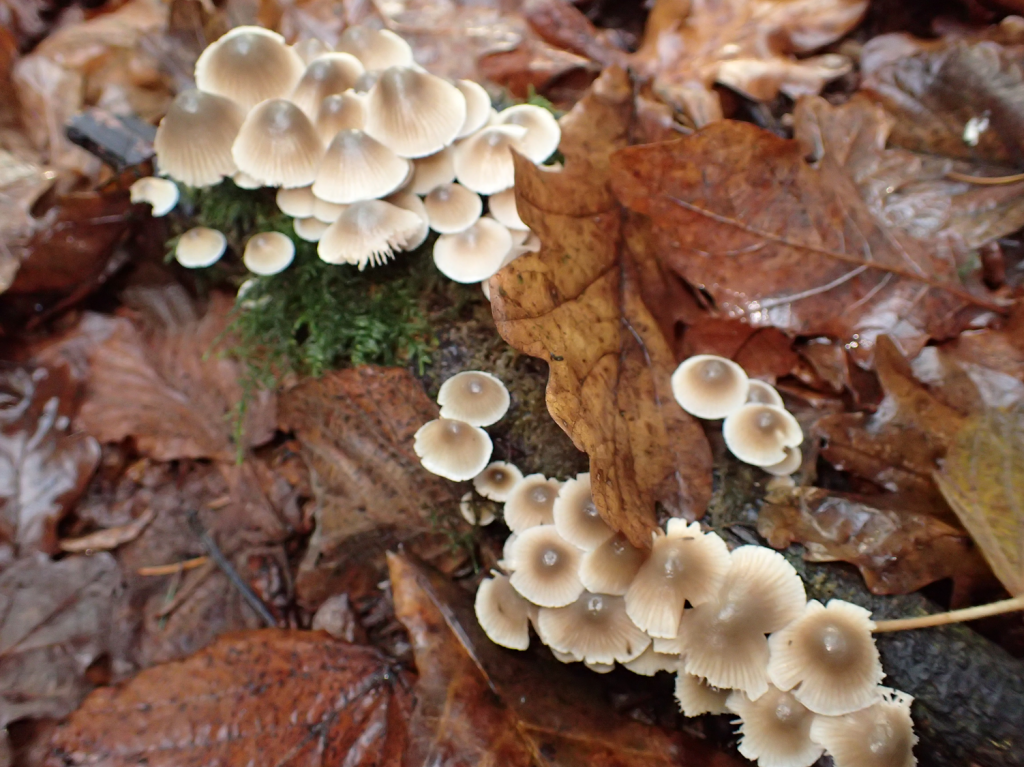
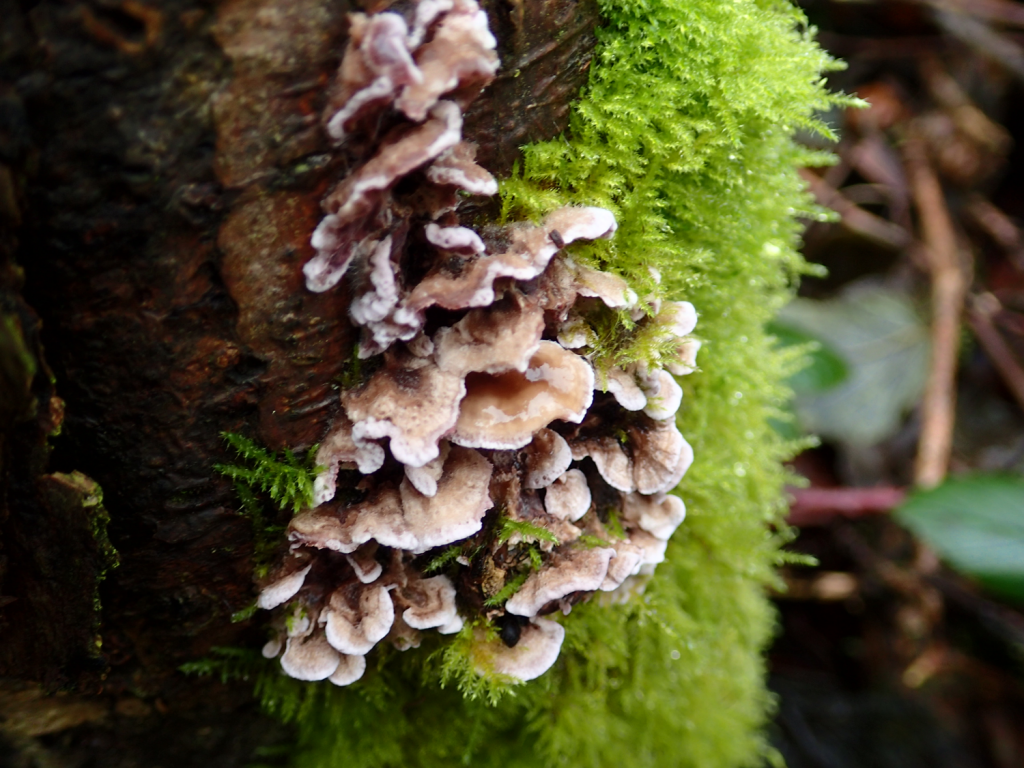
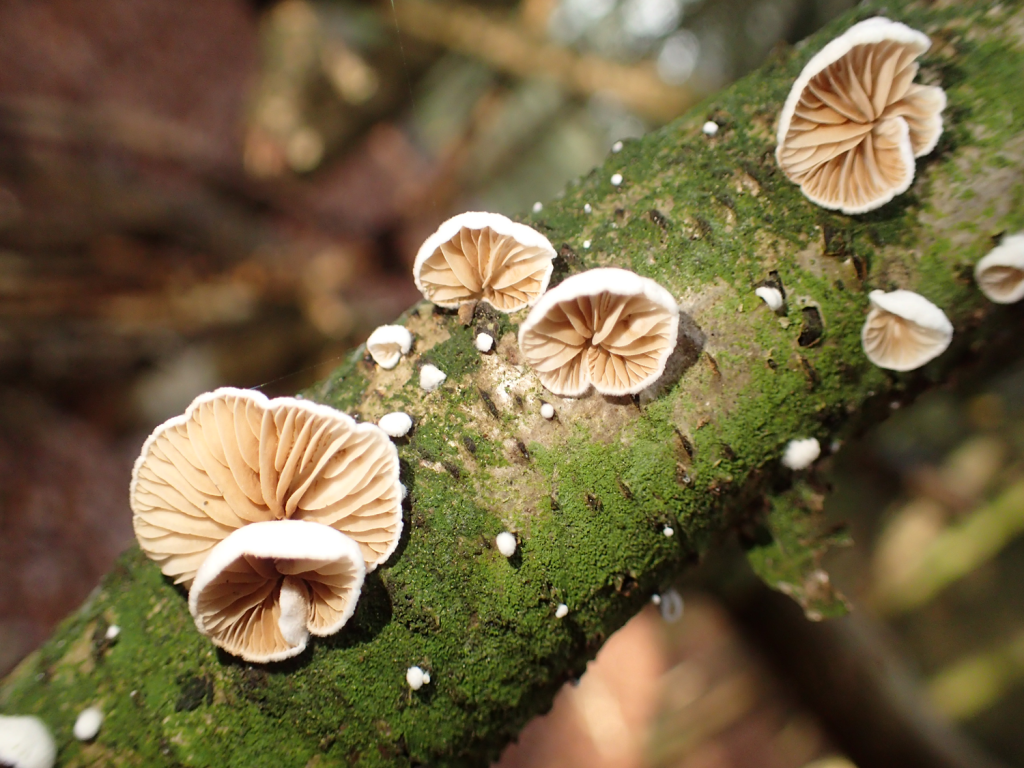
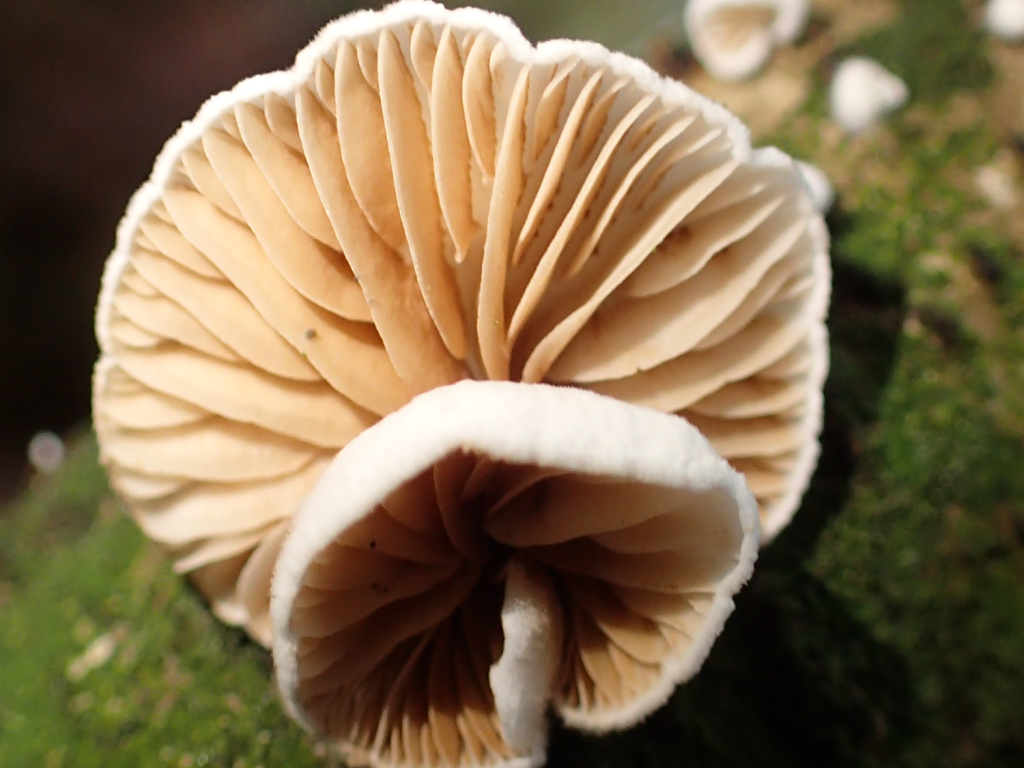
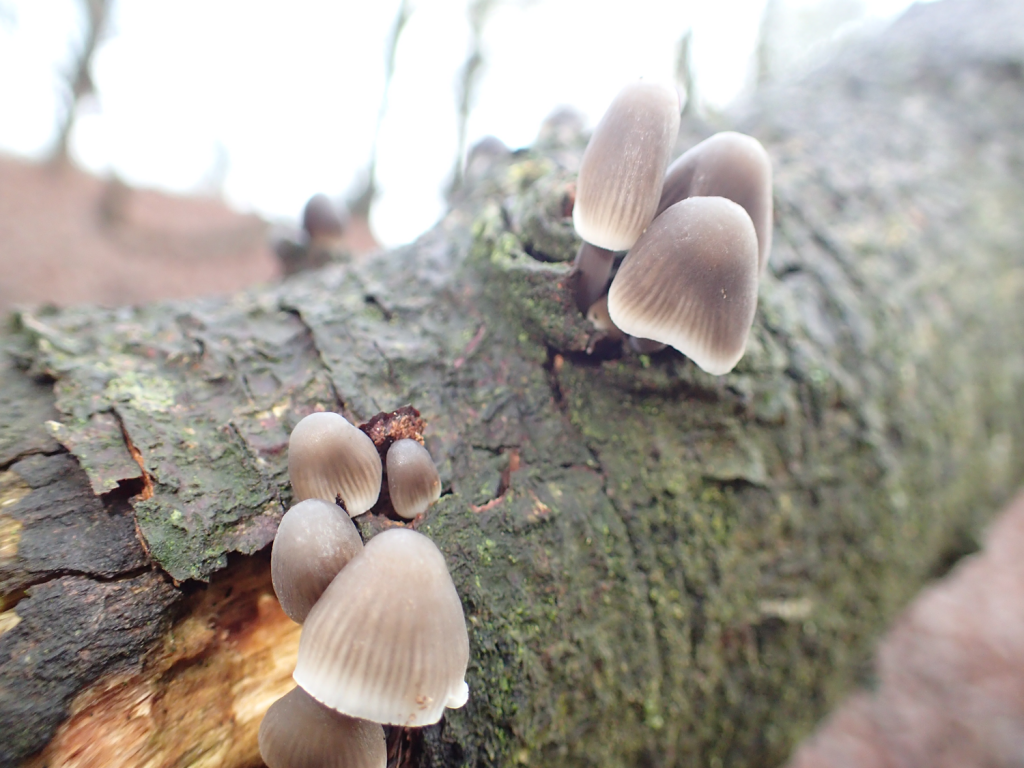

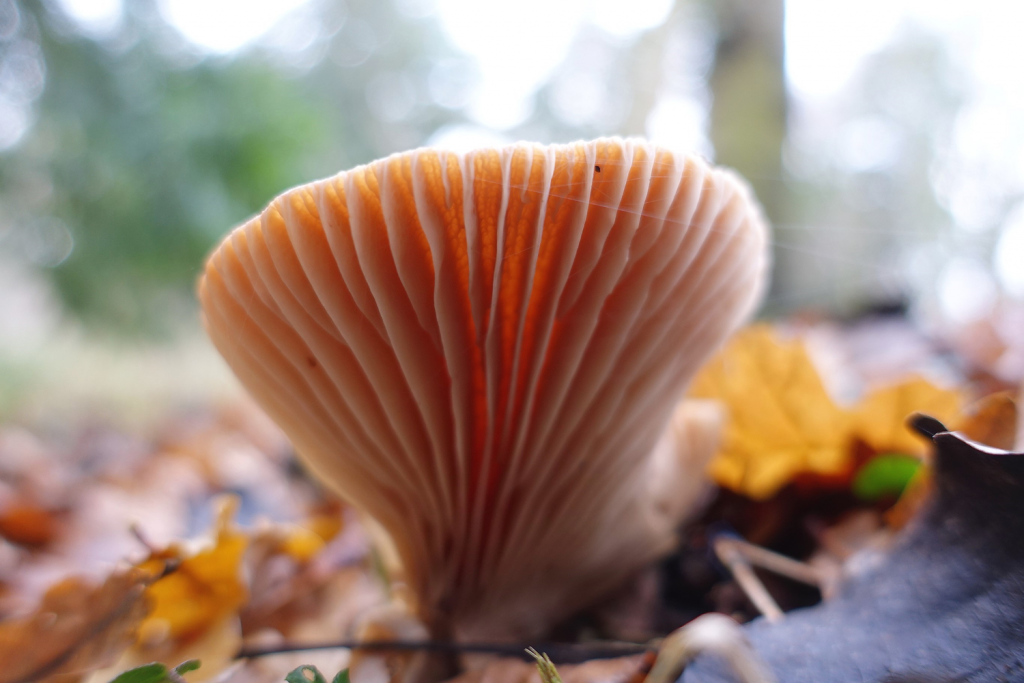
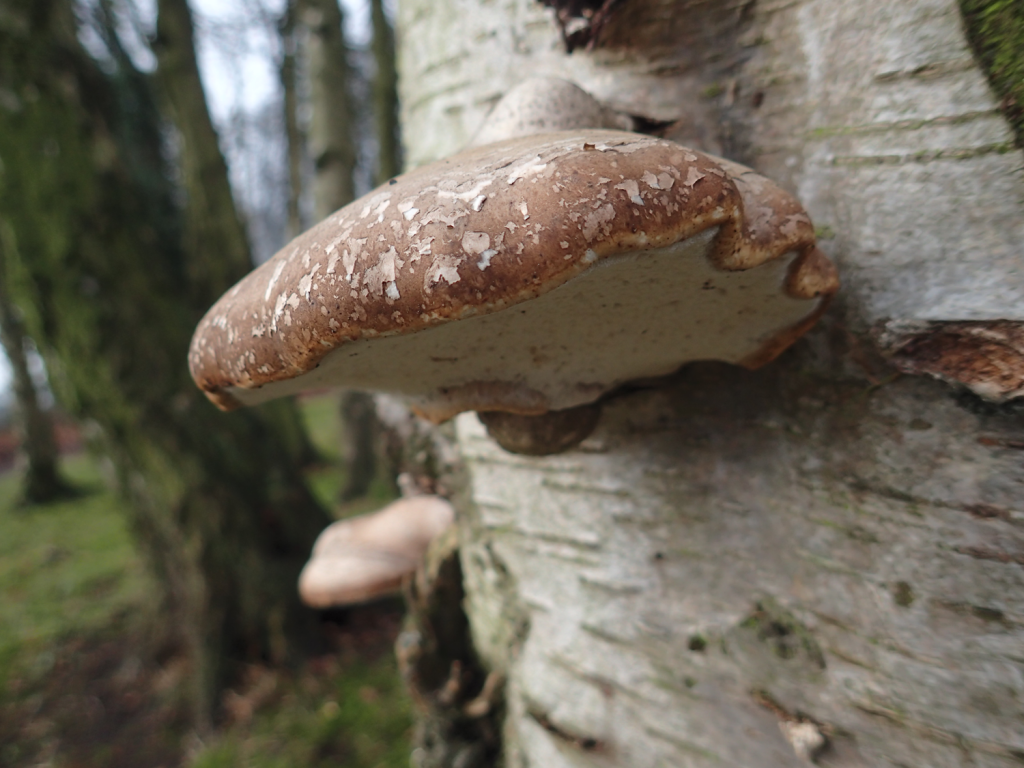
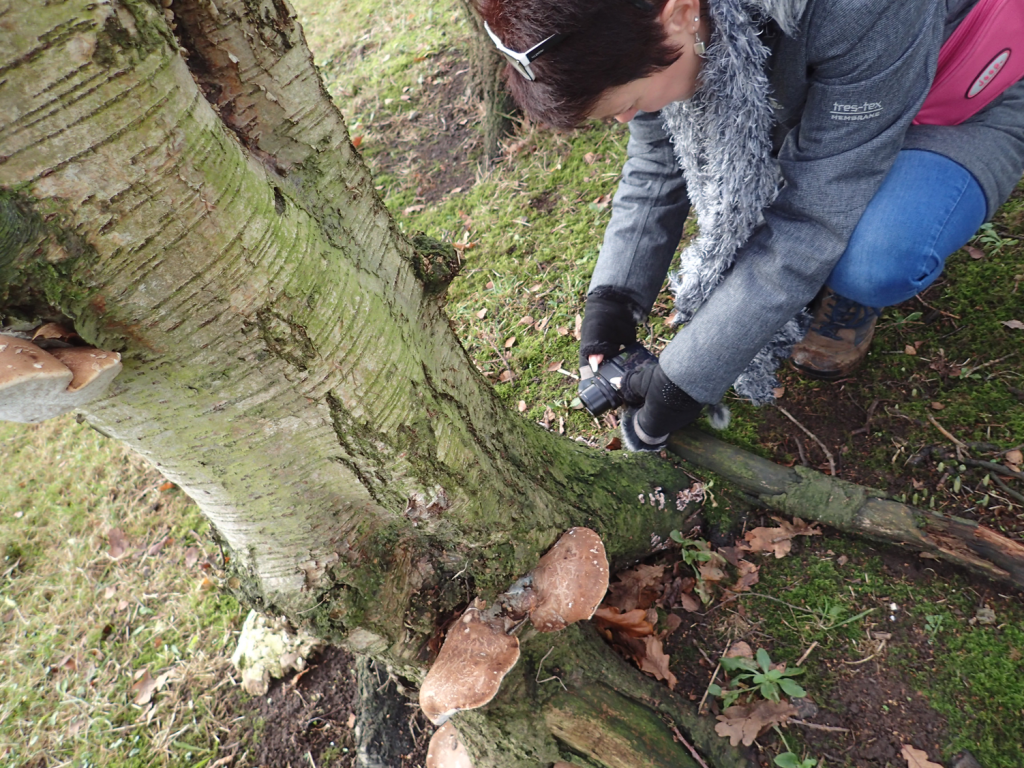
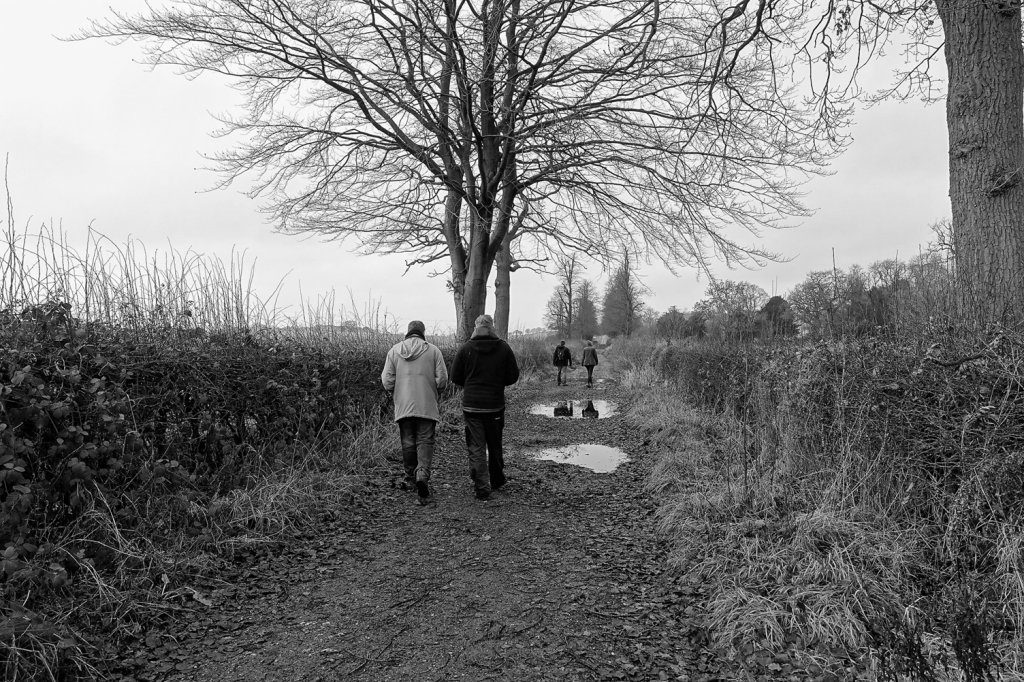
All photographs 2016 Copyright of Jeremy Cliffe and Linda Taylor for Human-Nature Escapes CIC

